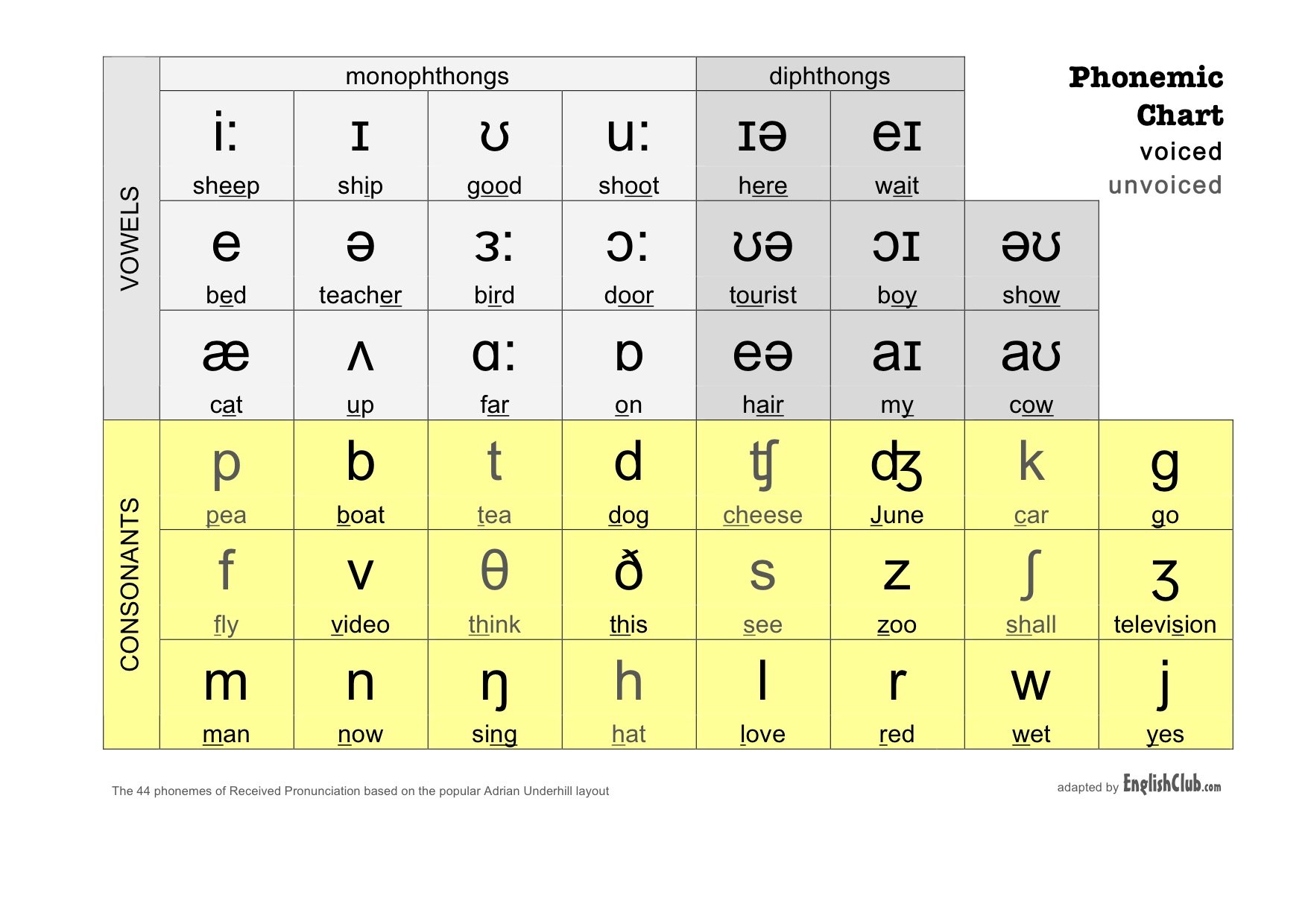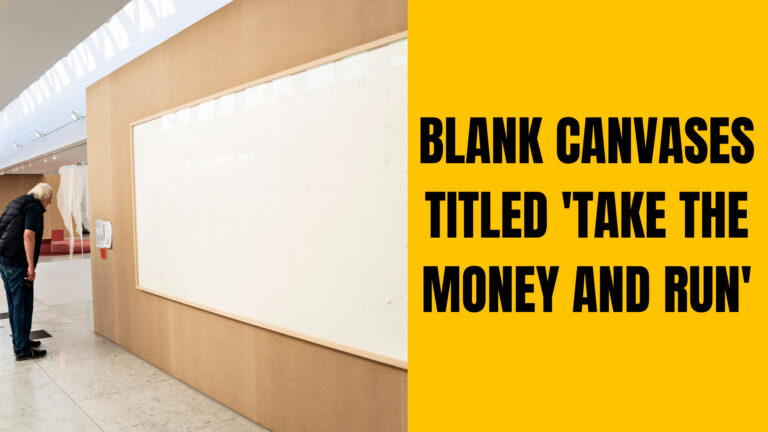- What industry do you work in and what is your role?
- What are your responses in your role / position?
- Can you describe to the function of your workplace / company?
- How many departments, how many offices. National or International?
- What are the minimum requirements for employment ie Education or Experience?
- How many opportunities are there to ‘move up the ladder’?
- What is the process for changing job roles ie Interview? Test?
- Current projects? Deadlines? Opportunities?
- Anything of interest happening?
Business culture
3. In general, it is not necessary to develop a personal relationship to establish a lasting and successful business relationship. Americans are generally more interested in your product, service or project, expected payoffs as well as quality of the business collaboration, rather than trying to create a personal relationship.

What discernible differences in work culture or attitude have you encountered in your company compared with another company/department or era within Japan ?
Punctuality and time management is a fundamental value in US business culture, both in terms of time to start the meeting / call and time to terminate it. Tardiness may reflect disrespect and rudeness. In situations where you know you will be late, even by a few minutes, you should tell your American partner about your delay and offer to postpone the meeting.
You should give a firm handshake, with direct eye contact and a smile, but respect 2 or 3 feet distance from your partner; do not hug or kiss. When meeting someone for the first time, it is advised to address your business partners with a title, such as “Dr”, “Ms”, “Ms” or “Mrs” and their last name.

If you were tasked with creating your own work culture, which pre-existing customs would you keep and what new customs would you like to initiate ?
Because of anti-bribery policies, it is advised not to offer gifts to your U.S. partners. Cash gifts are clearly inappropriate and, in some US companies, it is stated in the contracts or in the internal policies that employees should not be offered any form of gifts. Even paying for your U.S. counterpart’s lunch could be considered inappropriate.
Appropriate dress usually depends on region, industry, position, company culture, client facing vs. back-office etc. Senior managers and clients facing workers tend to dress formally at all times (e.g. banking, consulting, sales, lawyers, etc.). In general IT companies do not impose a formal dress code.
There is no specific protocol for the exchange of business cards. It can be done either during introductions, at the beginning of the meeting or when leaving. Most business people now show their position and details in the signature of their email messages template, so business cards tend to be less and less needed. Another medium of communication is increasingly used: LinkedIn. It is replacing business cards as the go-to way to meet contacts and pass on details.






